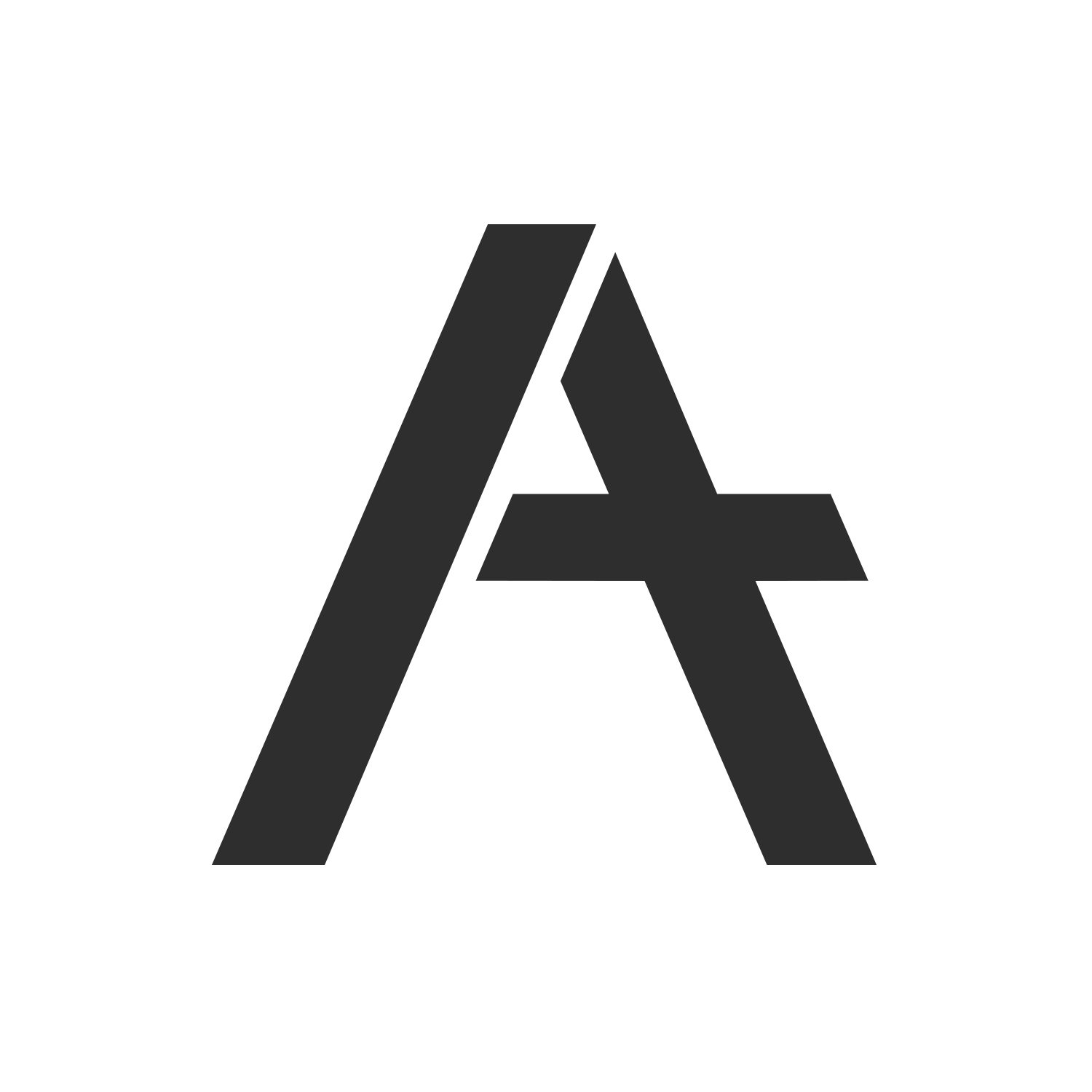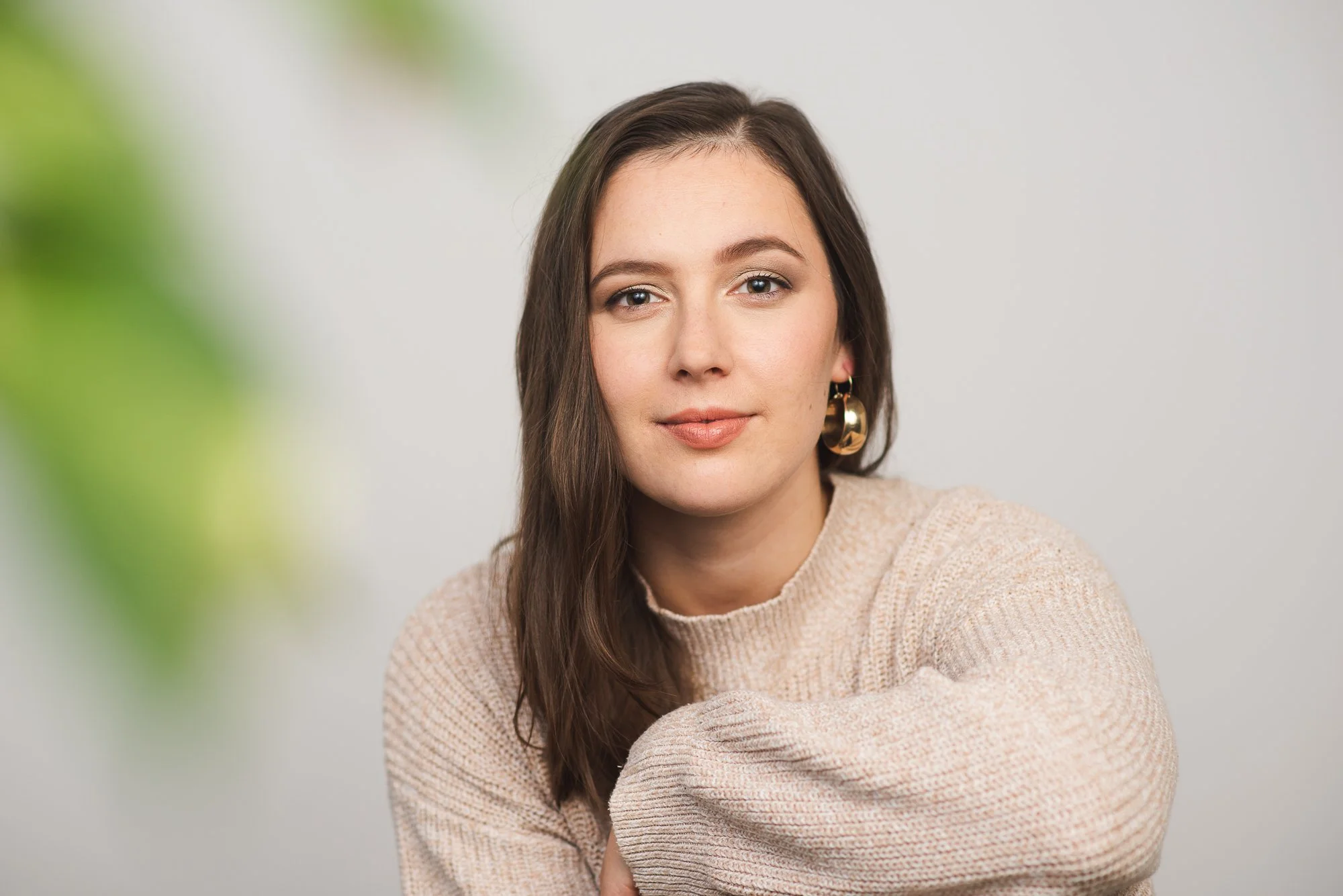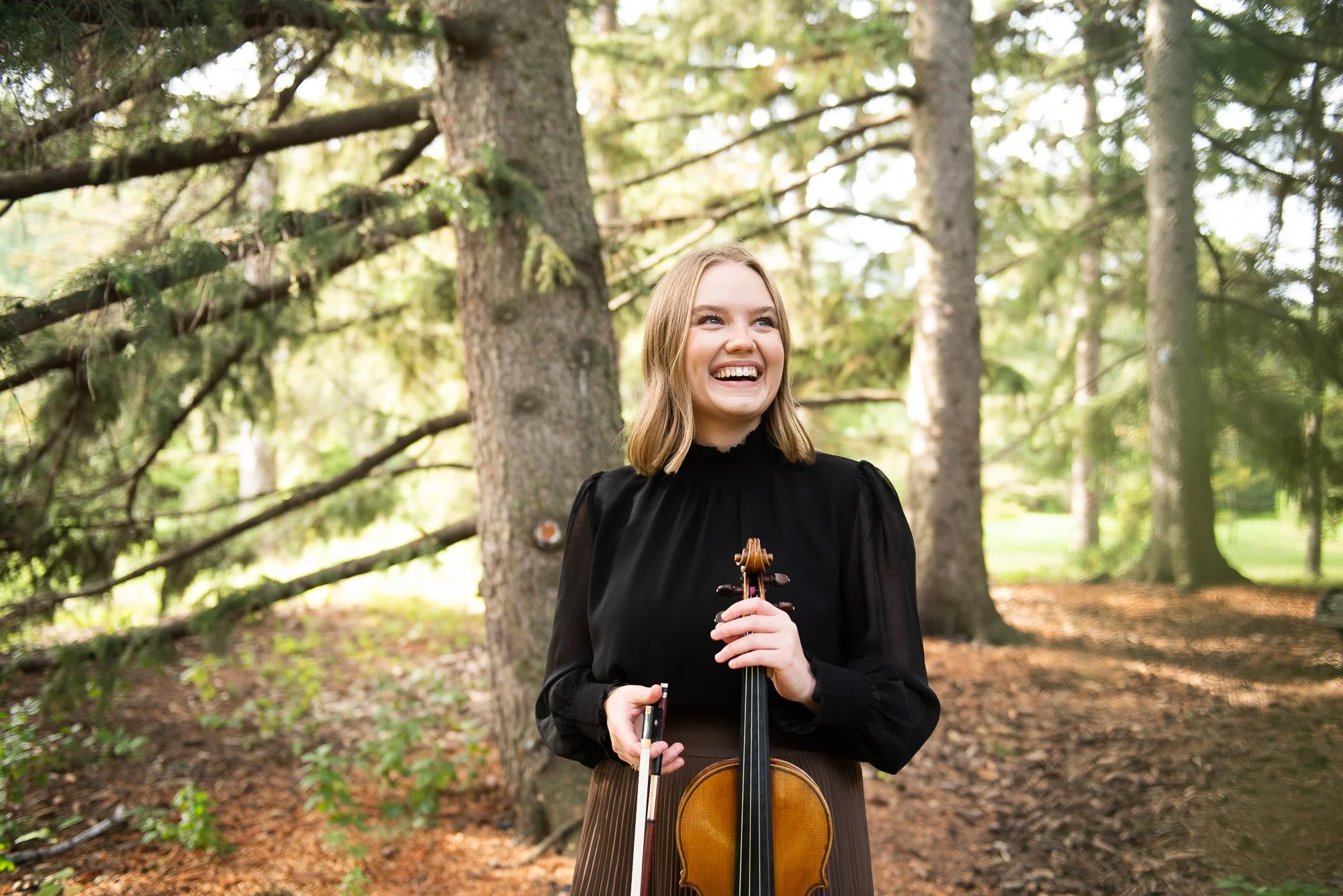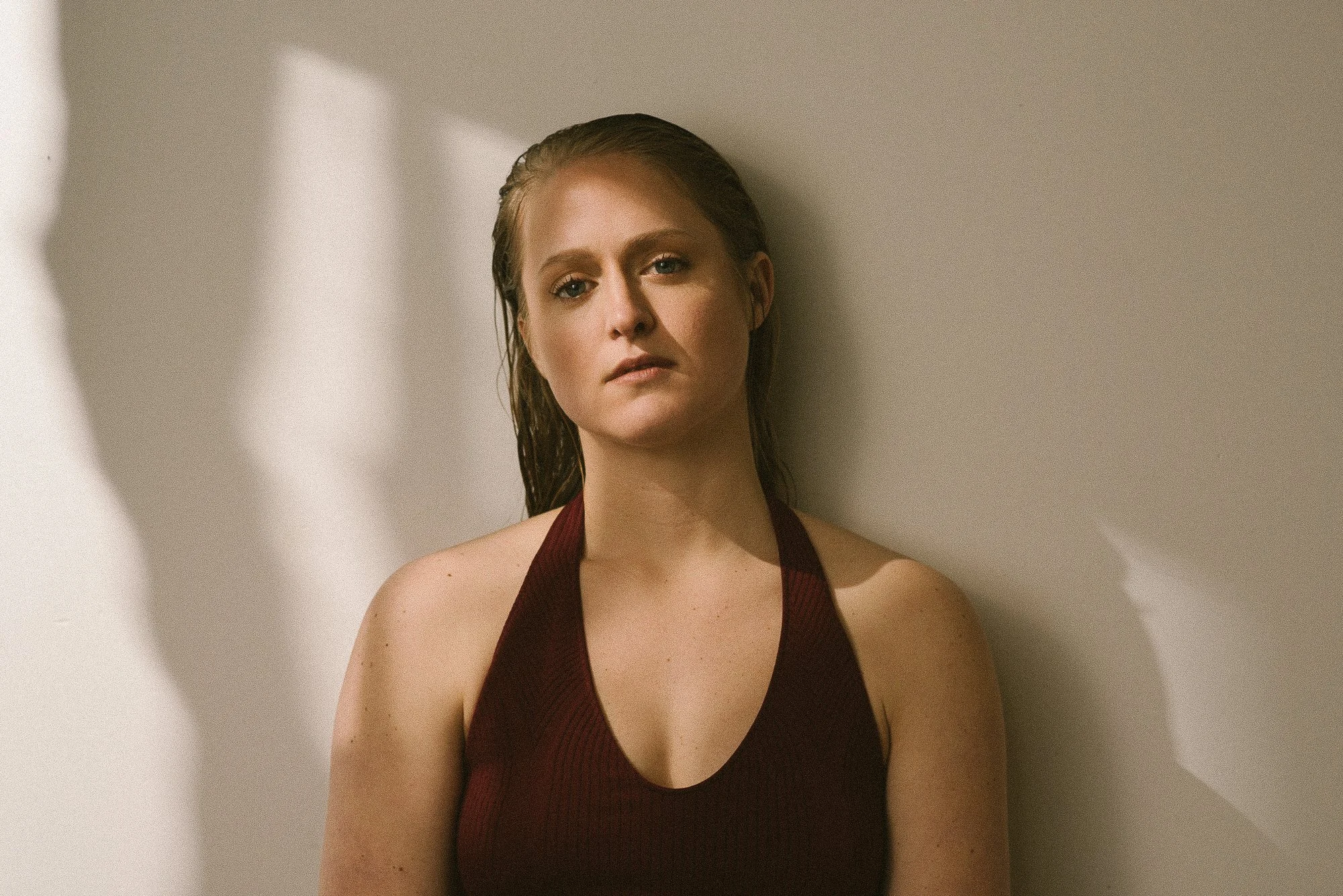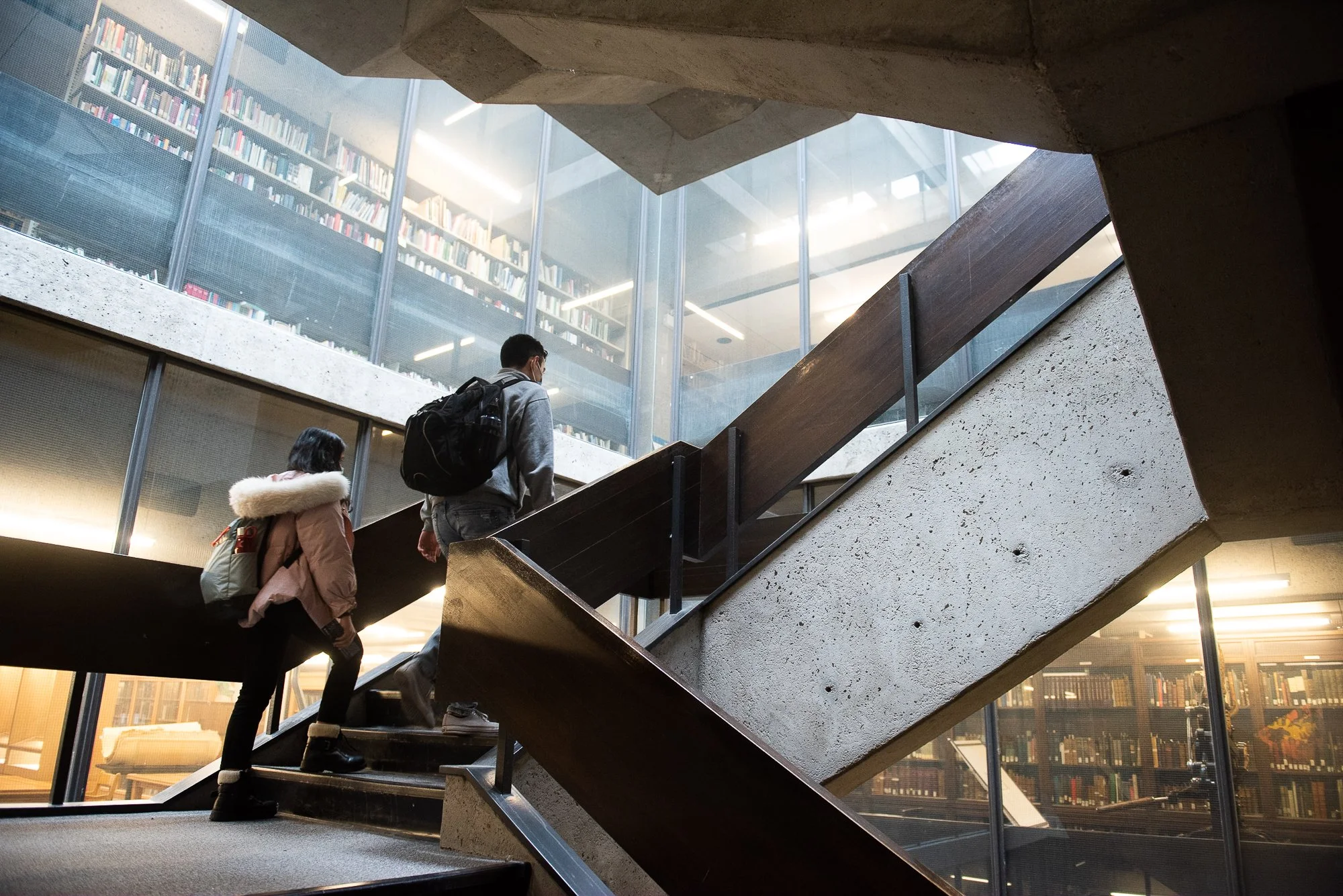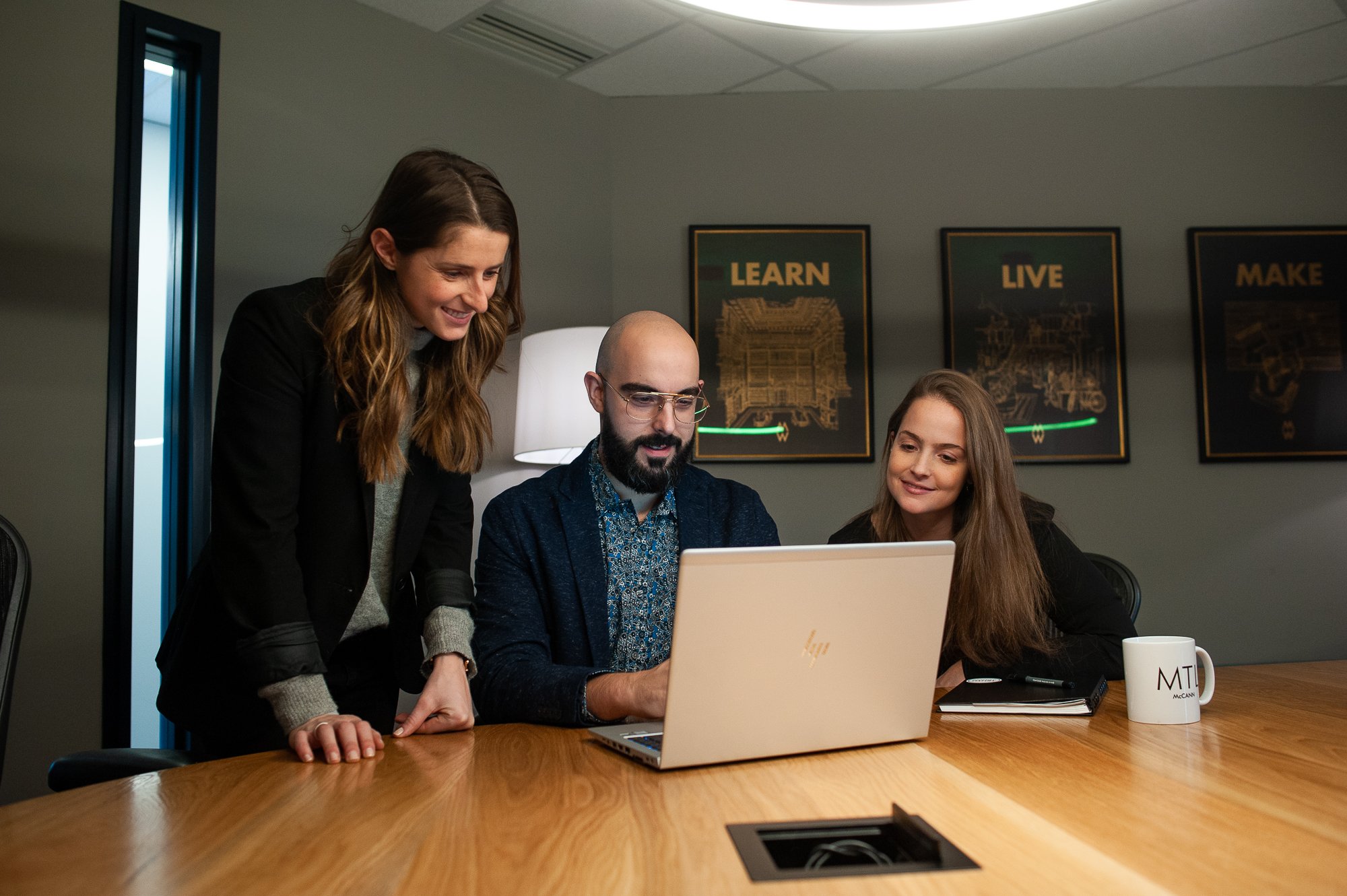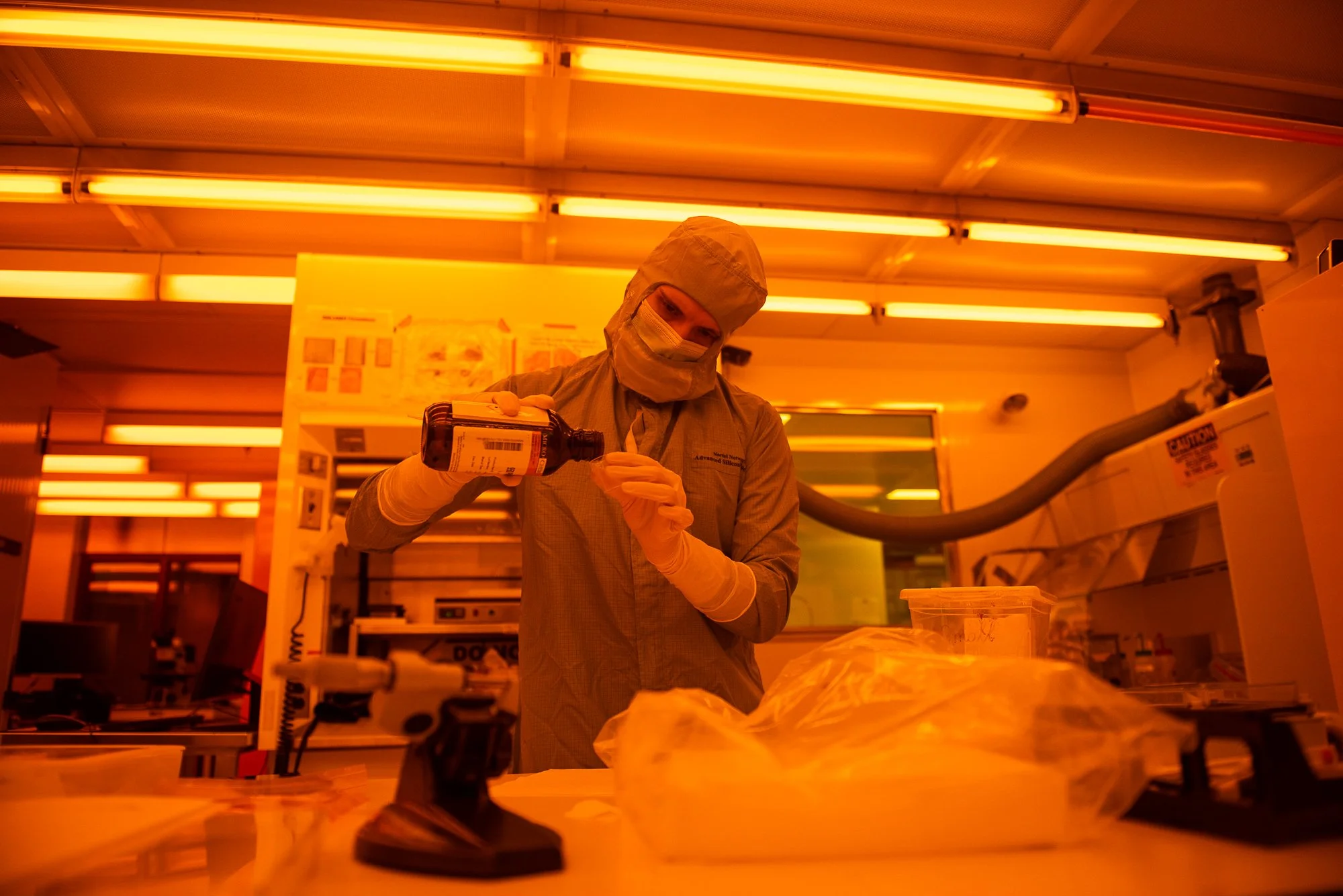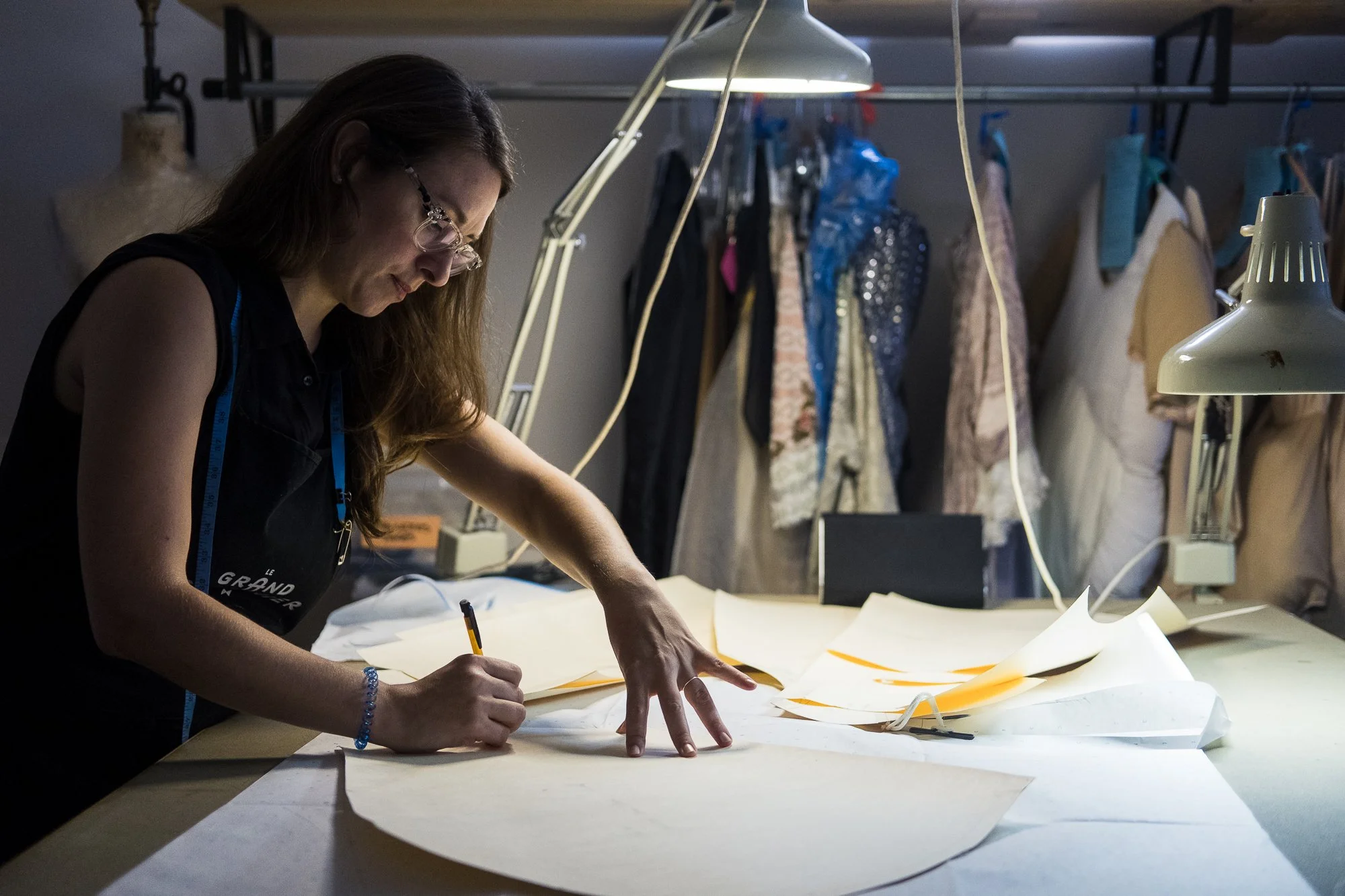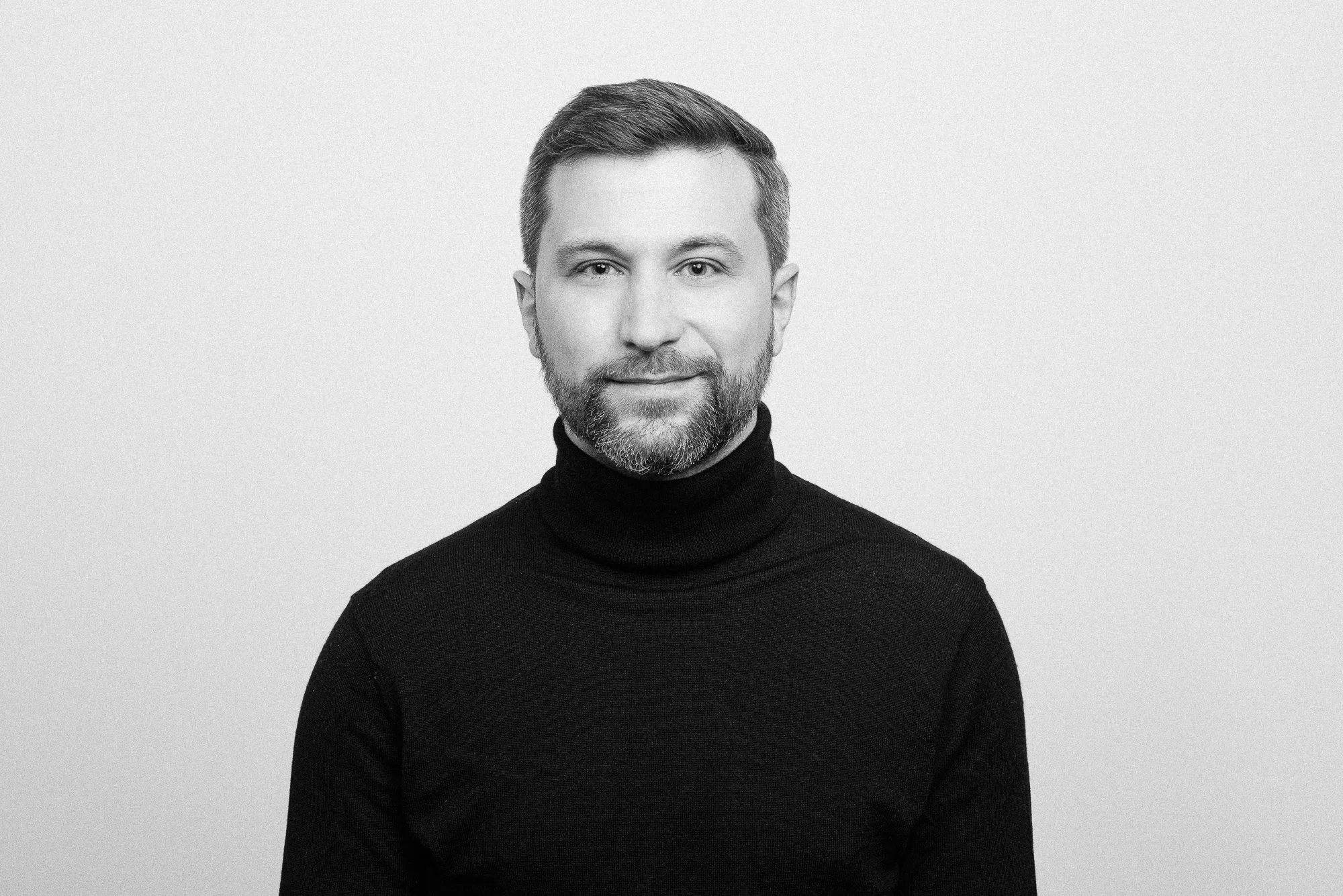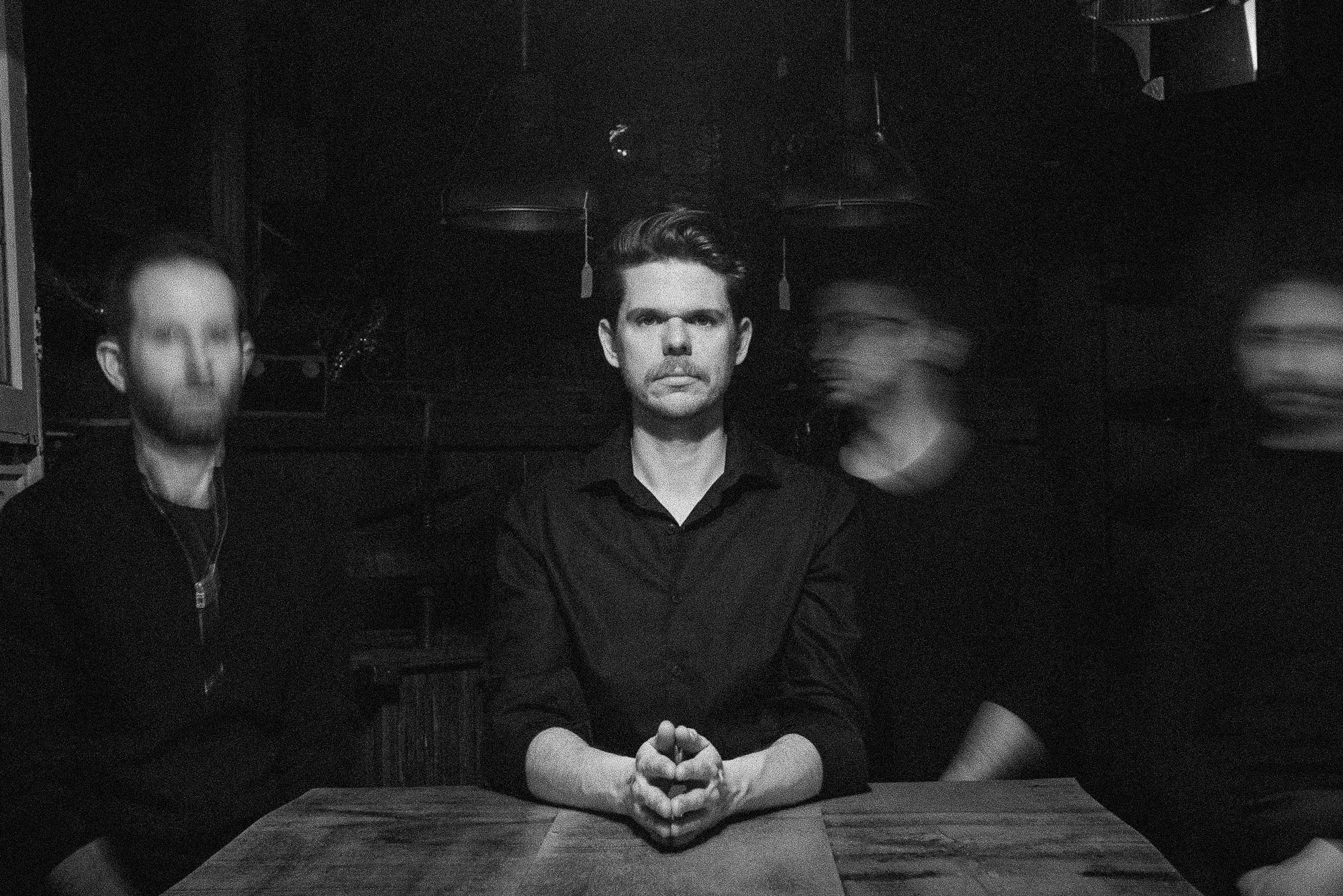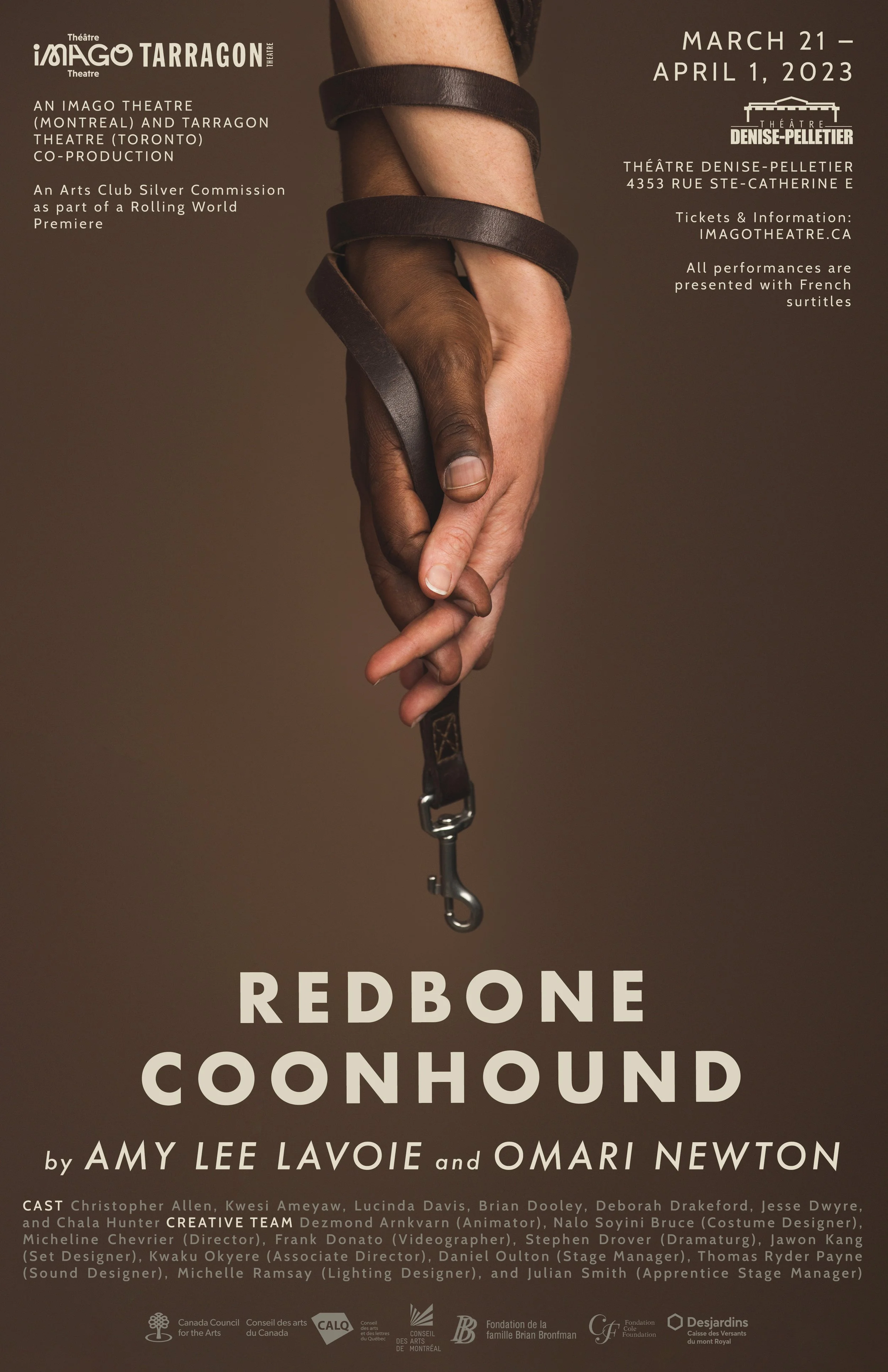In this post, I’ll answer one of the questions I get asked the most. I’m hoping that this post might be helpful for aspiring photographers who want to know the kinds of clients one might get in the commercial portrait photography world.
When I’m talking about commercial work, I’m referring to client work, paid gigs, commissions, etc. 100% of my income comes from my commercial photography work and about 95% of it involves portrait photography of some kind. In my personal work, I generally touch on different topics, although portraits still do make an appearance there, but that’s for another post.
1. Portraits for individuals (50%)
Roughly half of the contracts I have come from individuals who need photos of themselves.
The needs for these photos vary from person to person. Some people need simple LinkedIn headshots or a corporate photo to be added on their company website. Others need more creative portraits, like personal branding headshots, artist headshots, acting headshots, photos for online dating profiles, etc.
Some are photographed in my studio in front of a backdrop, others I meet in their workplace or home and we try to summarize in a photograph who they are and what they do. Many of my clients are people who are being photographed for the first time since their graduation photos. They’re entrepreneurs, freelancers, regular 9-to-5ers, artists, actors, etc.
My goal: Make my subjects look human, authentic, interesting, confident, approachable. Not. Corporate.
2. Photos for institutions / companies (40%)
Then you have another big chunk of clients who are companies, institutions, non-profits, etc. They might need photos of their employees or photos that showcase the their various activities and services. We also often want to highlight the office space and the company culture.
These photos are commonly used for their website, but at times also for promotional materials, ads, social media, news articles, etc.
At times we also create filler “stock photos” of their employees working which can be versatile and used on reports, presentations, website, etc. I write stock photos in quote marks because we absolutely don’t want them to look like traditional cheesy stock photos, but rather dynamic photos of the actual people working in this company. I want the photos to have more of a documentary vibe than a stock photo vibe.
My goal: I want to make a company look interesting, like they’re an authority in their domain, while also showcasing the humans behind it. Here, it depends on a lot on the company and I follow want they want to project or propose a few directions. Generally, all will agree that we want to avoid a corporate vibe, despite them being corporate photos technically.
A few key differences between working with individuals vs. companies
When I’m working with individuals, it often feels like just hanging out. I get to know them, they get to know me. What’s fun is that they’re often in an important moment of their lives. Think of who needs photos of themselves. It’s people who are about to launch a new career, people who just quit their 9-to-5, people about to unveil a new project. It’s almost always people in an important transition in their lives, and it’s a privilege to play a part in that as a photographer documenting who they are at that moment.
Now when working with larger companies, it typically means that I’m spending less time with individual employees than I would like. I don’t get to build as much rapport with each person, and they didn’t necessarily sign up to be photographed either. I therefore need to adapt my approach during the shoot to accommodate the big range of personalities and comfort levels in front of the camera. In a span of a half-hour, I might need to photograph the serious CEO who only has 2 minutes for the shoot, a bubbly sales person who does photoshoots all the time and an extremely introverted person who has been dreading photo day for weeks. Over the years, I’ve realized how reading people and being adaptable in response is one of my biggest strengths. Ultimately, I want all of them to look great and to feel comfortable during the shoot.
3. Editorial shoots (5%)
These are a bit more rare, but among my favourite shoots. I’m asked by a newspaper, journal, blog, or magazine to photograph someone that they’re featuring in an article.
Many are of these shotos are simple, straightforward portaits, but I like to do research on my subjects and read the story that will be run to make sure that I’m creating something that will support the written piece.
4. The Miscellaneous Shoots (5%)
There’s a final 5% that varies from year to year, based on the kinds of requests I have and my interests. I’ve done architecture photography, posters for theatre shows, product photography, food photography, jewelry photography, etc., but my favourite of all is when I get to do nature photography, which is what I do in my spare time anyway.
Thanks for reading!
